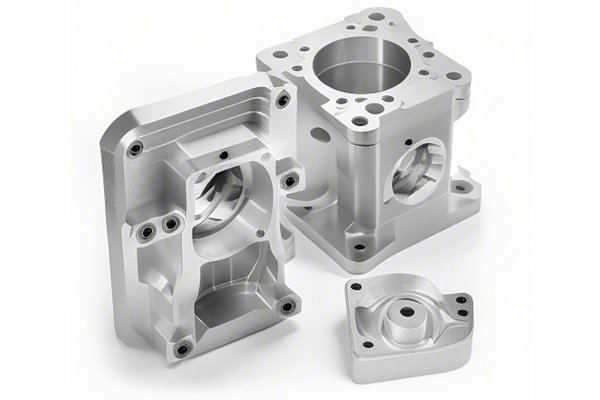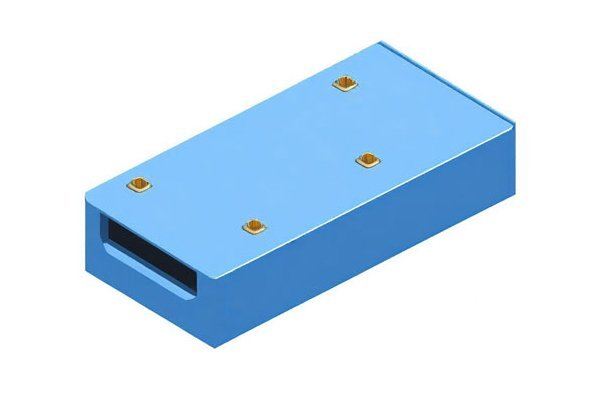Opening
Did you know that the global market for CNC machining is projected to reach $102 billion by 2027? With businesses increasingly turning towards precision machining solutions, understanding the specific requirements for processing various materials, including brass, is more important than ever. Among the many components manufactured through CNC (Computer Numerical Control) machining, brass screw parts hold a significant position due to their unique properties, including excellent corrosion resistance and high malleability. But what are the technical requirements for successfully machining these parts? Let’s explore the precise specifications, techniques, and considerations behind CNC processing of brass screw components.
Understanding Brass
Before diving into the technical requirements of CNC processing, it is essential to understand brass itself.
What is Brass?
Brass is an alloy primarily made of copper and zinc, known for its yellow-gold color and excellent machinability characteristics. Brass is widely used in various applications, from decorative items to mechanical components, due to its favorable mechanical properties such as:
Types of Brass Used in CNC Machining
Different types of brass are available, each with specific properties that influence machinability:
Understanding these distinctions is crucial for effective CNC machining.
Technical Requirements for CNC Processing of Brass Screw Parts
CNC machining involves various processes, including milling, turning, and drilling, all of which require precise technical specifications. The following sections outline the essential requirements necessary for successful CNC processing of brass screw parts.
Before commencing any machining operation, it’s critical to confirm the material standards. Brass used for machining to produce screw parts generally adheres to standardized specifications such as ASTM B16 (for brass rods), ensuring consistency in quality. These specifications define the chemical composition, mechanical properties, and acceptable tolerances.
Proper tool selection is fundamental for CNC processing of brass screw parts:

Setting the correct parameters on the CNC machine is crucial for effective machining processes:
Efficient chip management systems are vital since brass can produce long, stringy chips that may interfere with machining:
Brass machining generates significant heat, and proper cooling and lubrication are necessary to maintain tool life and surface quality:
Once machining is completed, thorough quality control checks are necessary to ensure that the finished parts meet specified tolerances:
Finishing processes enhance the functional and aesthetic aspects of brass screw parts:
CNC processing of brass screw parts is a detailed and systematic operation that demands a comprehensive understanding of brass materials, tooling, machining parameters, and quality control procedures. From selecting the right type of brass to optimizing machine settings and ensuring effective quality checks, each step plays a pivotal role in producing high-quality components.
In today’s competitive landscape, the ability to produce precise and reliable brass screw parts not only enhances product functionality but also boosts overall customer satisfaction. As industries continue to evolve, mastering the technical requirements of CNC machining becomes vital for manufacturers looking to propel their operations forward.
Understanding these intricacies not only serves the present needs but ensures adaptability to future advancements in CNC technology and materials science.
As we’ve explored, it’s clear that the knowledge of technical requirements for CNC machining brass screw parts is not just an operational necessity but a strategic advantage worth considering. The insights you take from this blog could very well position you at the forefront of machining excellence.






